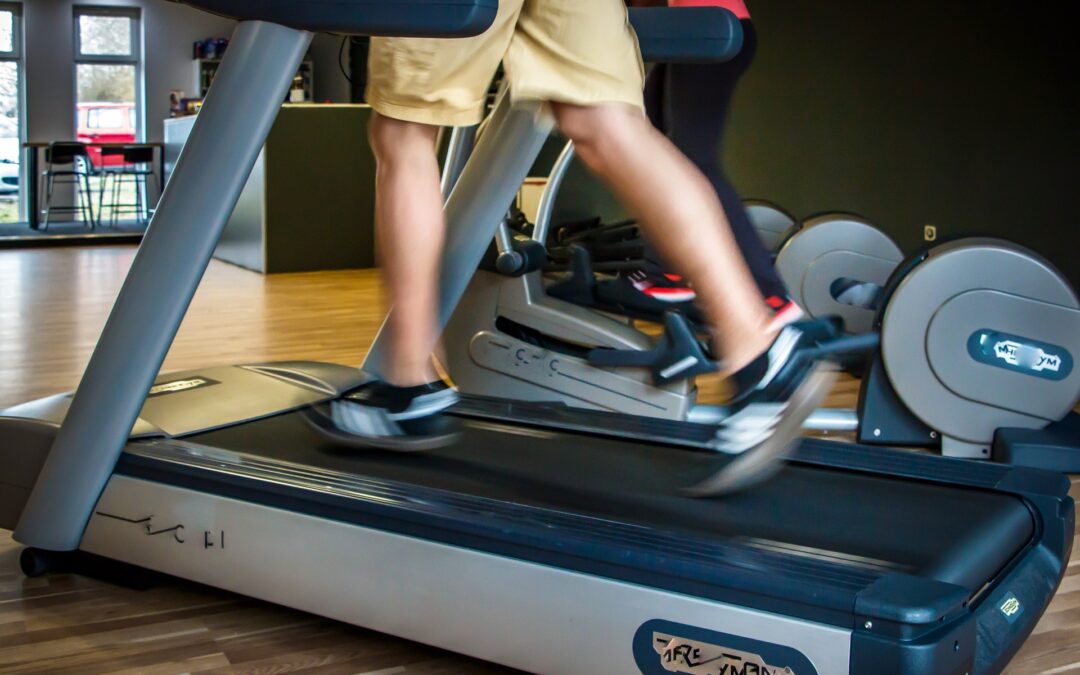Recreational runners who recover from COVID-19 show different running kinetics and muscle activities compared with health controls
Jafarnezhadgero AA, Hamlabadi MP, Sajedi H, Granacher U. Gait Posture. 2022 Jan;91:260-265. doi: 10.1016/j.gaitpost.2021.11.002. PMID: 34775229; PMCID: PMC8584715.
Full Text Freely Available
Take-Home Message
Recreational runners who recovered from COVID-19 had different running biomechanics than healthy controls. These changes are associated with higher rates of injury.
Background
Someone with COVID-19 may experience a variety of cardiorespiratory and neurological symptoms. Furthermore, while quarantining helps prevent the spread of COVID-19, it may also lead to reduced physical activity, muscle mass, and muscle strength/power. Someone who is hospitalized for COVID-19 probably experiences more severe neuromuscular declines. However, we know little about how previous COVID-19 infections affect recreational runners.
Study Goal
Jafarnezhadergo and colleagues completed a cross-sectional study to assess if running mechanics differ between recreational runners with or without a history of COVID-19 infection.
Methods
The researchers enrolled 40 recreational runners (training before COVID: ~17 km/week): 10 men with a history of COVID-19, 10 women with a history of COVID-19, and 20 healthy controls. All participants with COVID-19 had a history of hospitalization. They participated in the study 2 weeks after their hospital stay. Each participant ran at ~3.3 m/sec (~8 minutes/mile) over a 20 m walkway. Each participant performed 3 practice trials and 5 test trials. During each trial, ground reaction forces were assessed using a force plate, and muscle activity was assessed using electromyography. The researchers assessed muscle activity of 8 muscles in the right leg: 1) tibialis anterior, 2) gastrocnemius medialis, 3) biceps femoris, 4) semitendinosus, 5) vastus lateralis, 6) vastus medialis, 7) rectus femoris, and 8) gluteus medius.
Results
Overall, participants with a history of COVID-19 had greater peak ground reaction forces (vertical and mediolateral), shorter time to peak ground reaction forces, and altered muscle activity compared with healthy control participants.
Viewpoints
Overall, the data from this study suggests that runners with a history of COVID-19 infection exhibit different running biomechanics than healthy control participants, which are related to a greater risk of injury. It would be interesting to see if runners with a history of COVID-19 who quarantined without hospitalization also experience altered running biomechanics. This would help clinicians decide who may need extra attention when resuming a running program. It will also be interesting to see longitudinal studies to determine whether runners with a history of COVID-19 naturally return to “normal” running kinetics and muscle activity. These longitudinal studies may help us educate patients about whether their risk of running-related injury is only short-term or long-term. Finally, this study should raise awareness that other athletes returning to play after a recent COVID-19 infection may benefit from injury prevention programs to optimize their biomechanics/neuromuscular control.
Clinical Implications
Clinicians should recognize that runners recently hospitalized for COVID-19 may have altered running biomechanics, which could predispose them to injury. Hence, these runners may benefit from rehabilitation or exercise prescriptions that help reduce their risk of injury. While we wait for more research, clinicians may also consider whether it is feasible in their practice to screen other athletes (e.g., runners that quarantined, other athletes with a history of hospitalization) or implement injury prevention programs.
Questions for Discussion
Are you currently aware of your patients’ history of COVID-19 infection? If so, how has this information impacted your clinical practice?
Written by: Kyle Harris
Reviewed by: Jeffrey Driban
Related Posts
- 2021 International Consensus on Cardiopulmonary Resuscitation and Emergency Cardiovascular Care Science With Treatment Recommendations: Summary From the Basic Life Support; Advanced Life Support; Neonatal Life Support; Education, Implementation, and Teams; First Aid Task Forces; and the COVID-19 Working Group
- COVID Vaccination in Athletes and Updated Interim Guidance on the Preparticipation Physical Examination During the SARS-Cov-2 Pandemic
- Interassociation consensus recommendations for pitch-side emergency care and personal protective equipment for elite sport during the COVID-19 pandemic
- Life after COVID-19: The importance of a safe return to physical activity
- COVID-19 – Myocarditis and Return-to-play: Reflections and Recommendations from a Canadian Working Group


